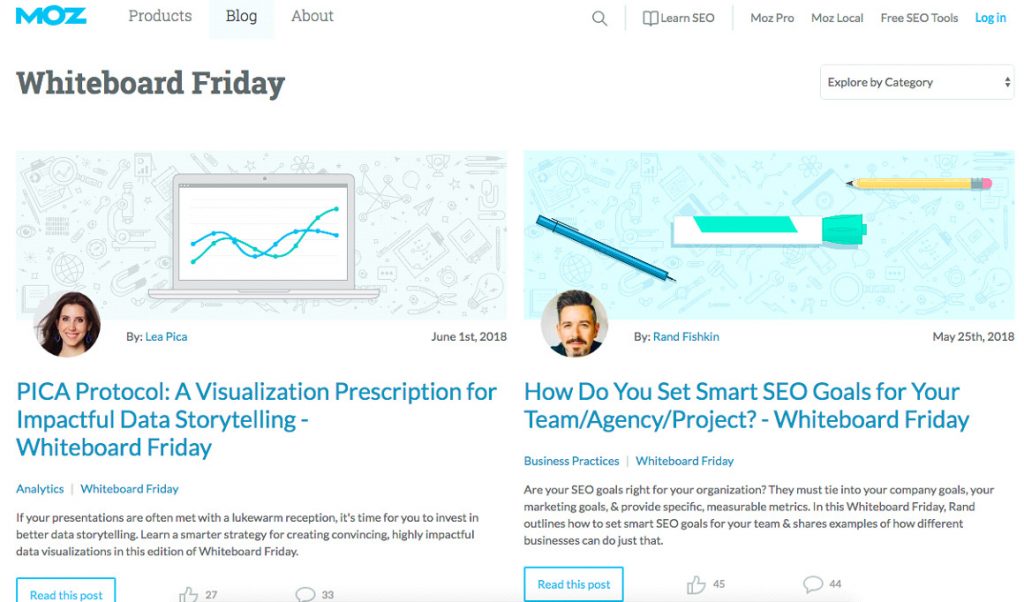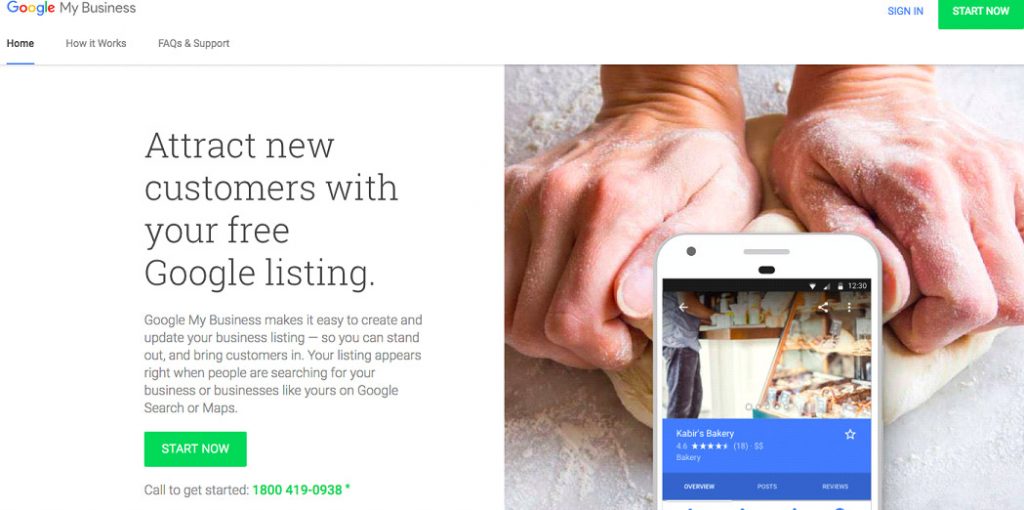How Social Commerce Can Benefit Your Business?
In the US market, social commerce is predicted to reach a value of $79.64 billion by 2025. If you are interested in using social commerce tools to boost your retail business, this is the best time to start your social commerce journey. This practice also brings several benefits to retail businesses:
Expand Your Reach to a Broader Audience
More than 5 billion people around the world use social media in 2024. When you explore your business options on these popular social media platforms, you are more likely to reach a wider audience. Besides, consumers are increasingly using social media to discover new brands and products through social media.
Now that social commerce is integrated into social media apps, it has become easier for consumers to research products on social media. They can also discover products when someone in their friend list shares a post about a product. You will be surprised to know that in-app social media purchases and direct purchases via a link are becoming popular on these platforms.
With social commerce, retailers can promote their products to a massive audience and convert them into paying customers. The estimated number of social media buyers in the US is projected to reach around 110.4 million by the end of 2024.
Offer a Seamless Shopping Experience
Social commerce features on major social media platforms are designed to make the shopping experience a lot more convenient. Users can take advantage of in-app checkout, instant messaging tools, and Buy-now buttons while exploring products on these platforms. With these social commerce functionalities, users can eliminate unnecessary hurdles in purchasing.
For example, the “Checkout on Facebook” option allows users to purchase a product within the app. They do not need to get redirected to the retailer’s website from the Facebook app. Users can continue exploring different products on the social media platform and complete the purchase without leaving the app.
Gather Data on Your Audience
Social media platforms are one of the best sources for learning about customers. Your business can use this information to improve your marketing campaigns and product development. If you take a look at Instagram Insights, you will find demographic data like age group, gender, and geographic location.
On the other hand, Facebook Audience Insights allows marketers to gather more in-depth information about their target audience. Its demographic overview gives a clear idea about the gender breakdown of the audience, job titles, education levels, relationship statuses, and more. Brands can also discover the users’ interests and hobbies.
With the help of such data, retailers can develop highly targeted ad campaigns so that their products appear in front of the right audience. You can use social commerce to connect your products with specific and highly targeted users in certain ways that traditional eCommerce sites cannot use.
Lean into Social Proof
Social commerce offers integrated social proof in the form of user-generated content. According to a recent report, 9 out of 10 online shoppers check reviews before making a purchase. If you want people to trust your brand, you need to make sure users leave positive feedback in the form of likes, comments, shares, and follows for your products. Potential customers generally look at customer reviews, compare products, or even chat with other customers before making a purchase decision.
When customers interact with and promote your brand, other social media users also start to trust your brand. You can incentivize your customers with discounts, coupons, and other giveaways when they share your product-related content. This is a great way to build social proof. You can even explore influencer marketing options to build trust and increase your brand’s credibility.
Receive Customer Feedback
On social media, it is really convenient to interact directly with your customers and get their opinions about your brand and products. In most cases, customers love to share their feedback as it helps them feel more valued. Brands have the option to run polls, ask customers for their opinions on specific topics in the comments, and chat using the messenger tools.
With the help of valuable feedback, brands can personalize their offerings to meet customer expectations. If you run an apparel business, you can use the feedback to deliver better customer service, more product size options, or a new collection of clothes. When you have insights into what your customers are thinking, you can take the right actions.
















